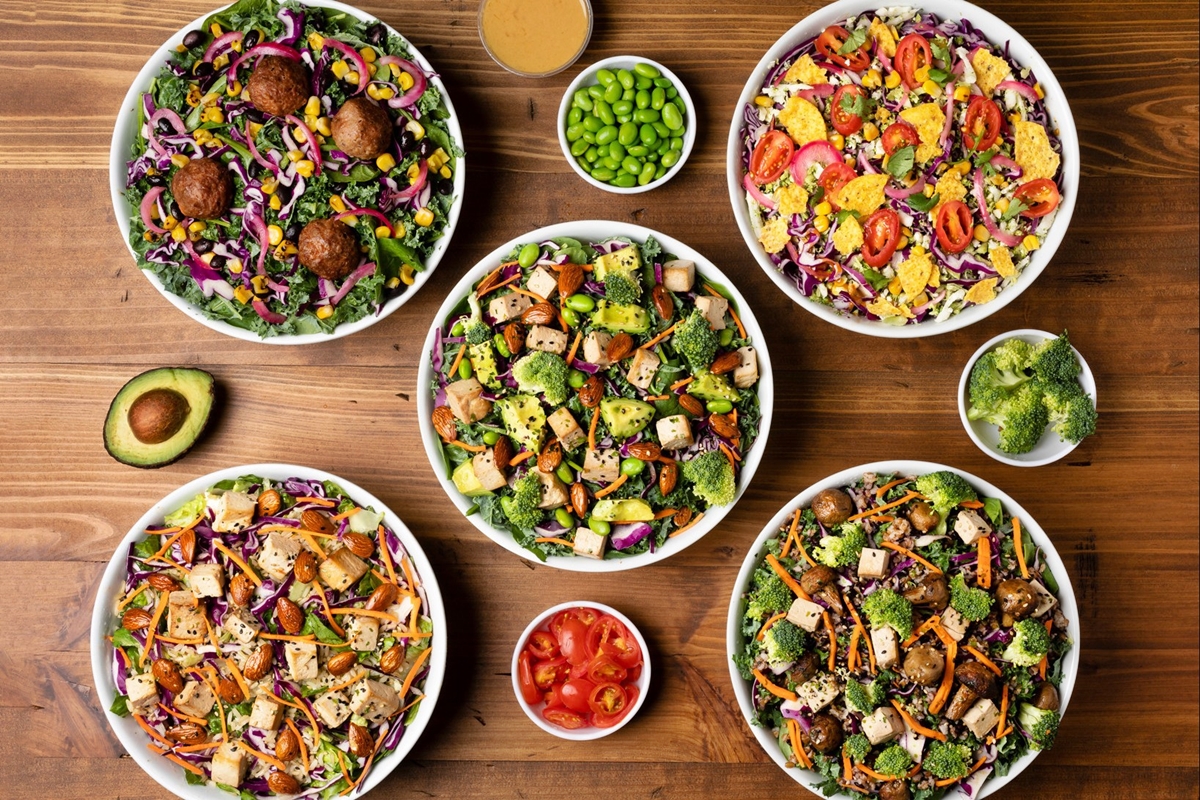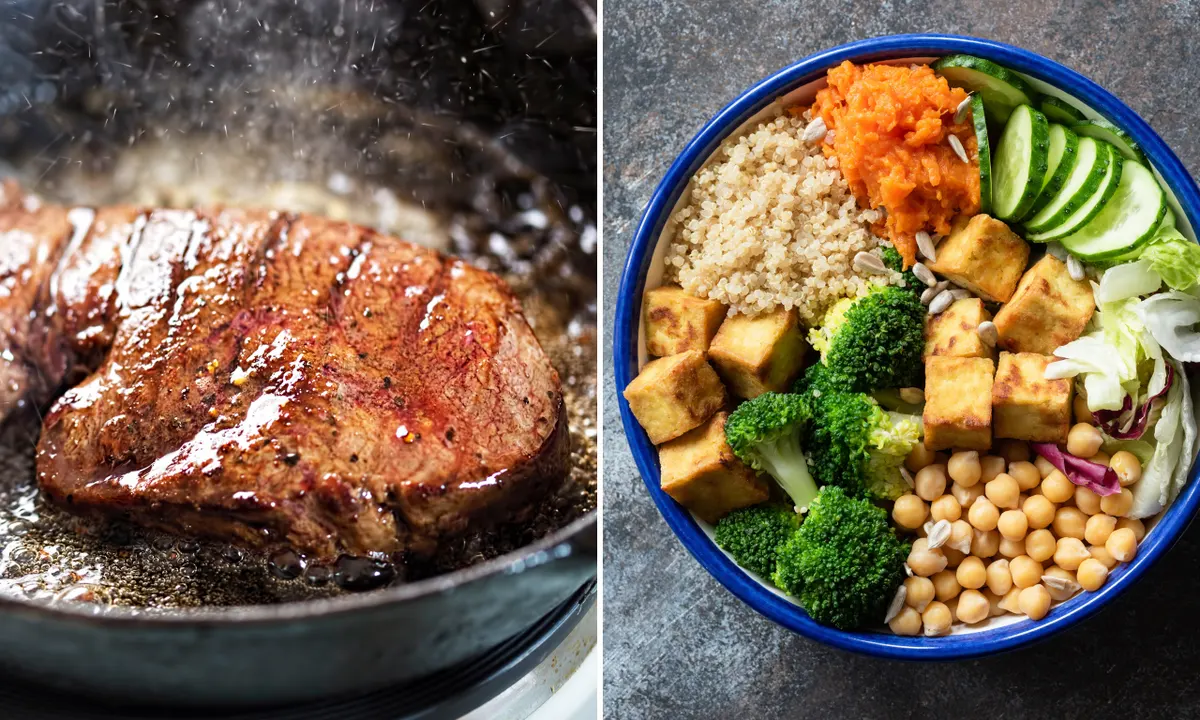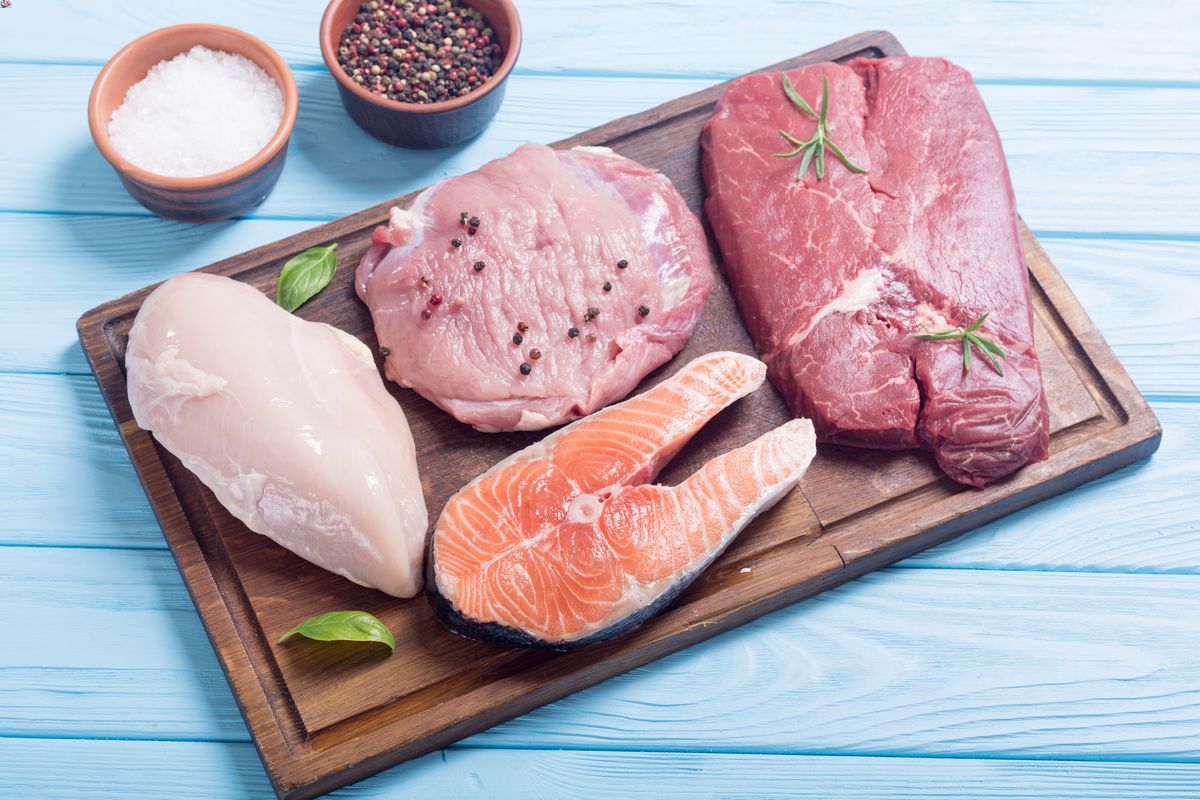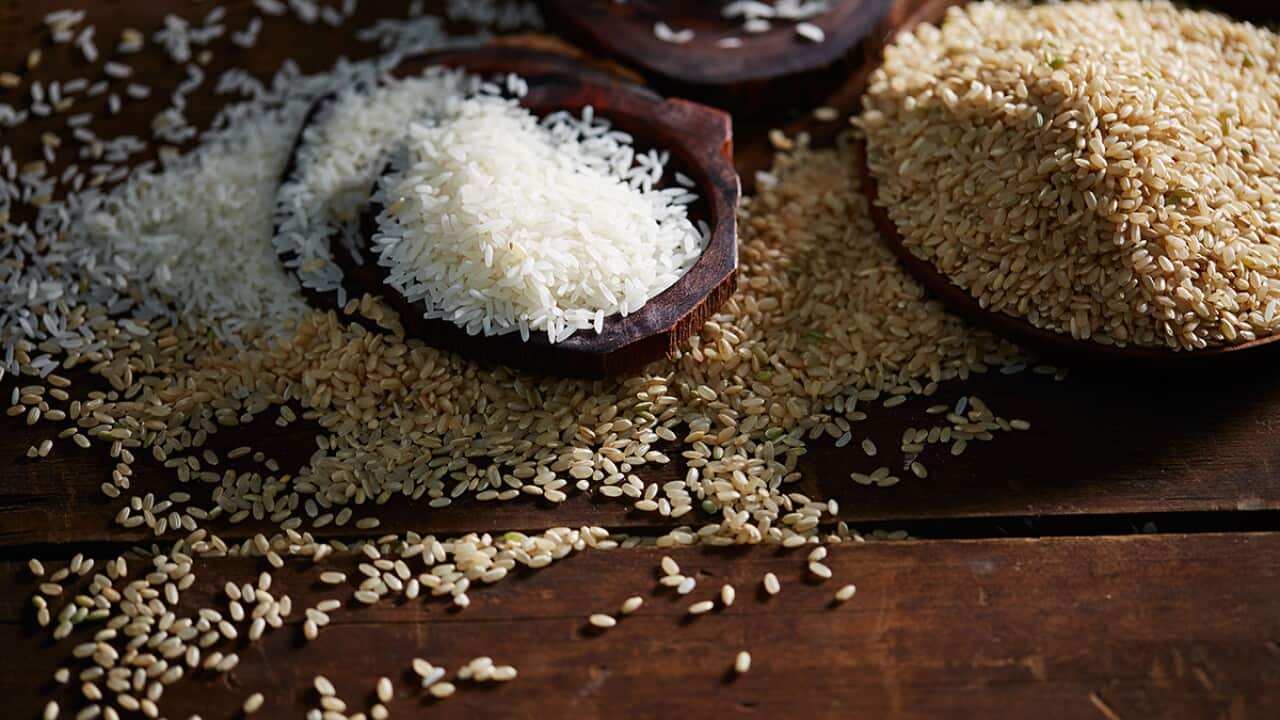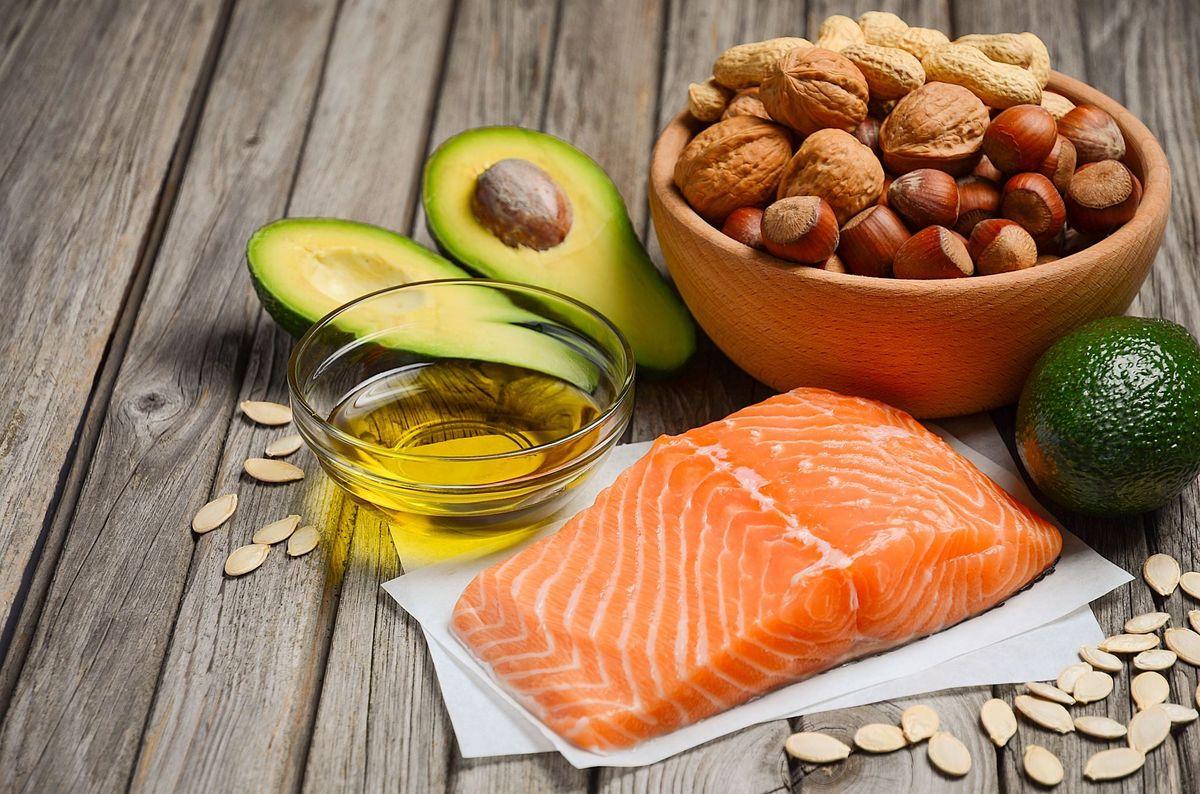Why Eating Less Meat and More Vegetables is a Healthy Choice
Many people are looking for ways to improve their diet and make healthier choices. One way to do this is by eating less meat and incorporating more vegetables into your meals. Not only is this beneficial for your health, but it can also have a positive impact on the environment.
Health Benefits of Eating More Vegetables
Vegetables are packed with essential nutrients, vitamins, and minerals that are vital for maintaining good health. By increasing your vegetable intake, you can:
- Improve digestion and gut health
- Lower your risk of heart disease and stroke
- Reduce the risk of certain types of cancer
- Manage your weight more effectively
- Boost your immune system
Additionally, vegetables are high in fiber, which can help you feel full and satisfied, making it easier to consume fewer calories overall.
Ways to Eat Less Meat
If you’re used to having meat as the main focus of your meals, it can be challenging to shift towards a more plant-based diet. However, there are several strategies you can use to eat less meat:
- Start by designating certain days as “meatless” and experiment with vegetarian or vegan recipes.
- Use meat as a flavoring rather than the main component of a dish. For example, add a small amount of chicken or beef to stir-fries or pasta dishes, and load up on vegetables.
- Explore alternative sources of protein, such as beans, lentils, tofu, and tempeh, which can be just as satisfying and filling as meat.
- Consider participating in the “flexitarian” approach, which involves consuming meat in moderation and focusing on plant-based foods.
Tips for Incorporating More Vegetables into Your Diet
Adding more vegetables to your meals doesn’t have to be boring or bland. Here are some creative ways to increase your vegetable consumption:
- Experiment with different cooking methods, such as roasting, grilling, or sautéing, to enhance the flavor and texture of vegetables.
- Blend vegetables into smoothies or soups for a nutritious boost.
- Replace traditional pasta with spiralized vegetables, such as zucchini or butternut squash noodles.
- Snack on raw vegetables with hummus or Greek yogurt dip for a satisfying and healthy treat.
Environmental Benefits of Eating Less Meat
Reducing your meat consumption can also have a positive impact on the environment. The meat industry is a significant contributor to greenhouse gas emissions, deforestation, and water pollution. By choosing more plant-based options, you can help reduce the environmental footprint associated with food production.
Final Thoughts
Transitioning to a diet that includes less meat and more vegetables can be a gradual process. It’s important to be patient with yourself and make changes that are sustainable for the long term. By prioritizing vegetables and exploring new ways to enjoy plant-based meals, you can improve your health, support the environment, and discover a world of delicious and nutritious culinary possibilities.
